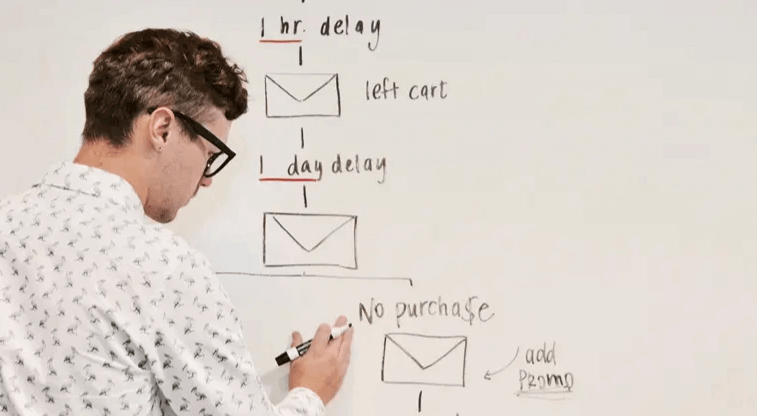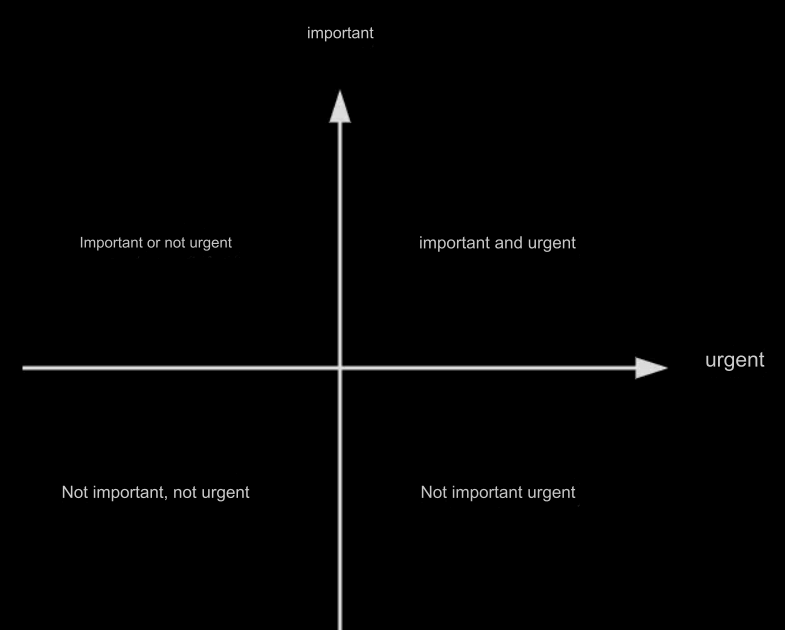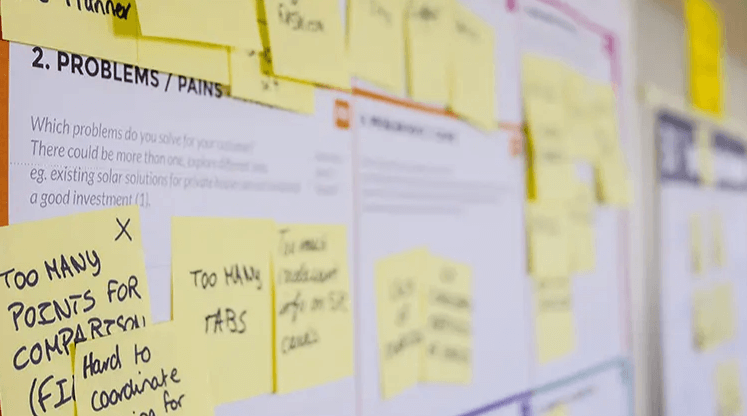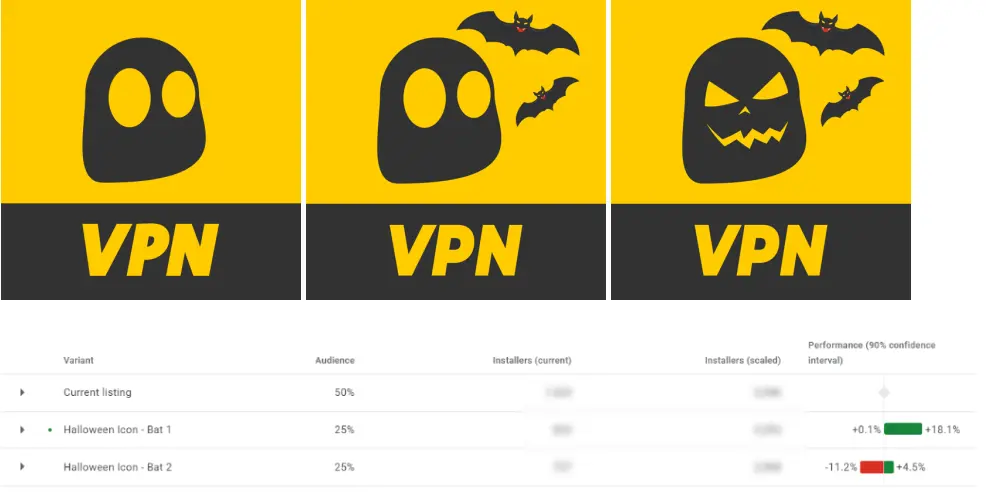Product managers can be categorized into different levels—junior, mid, and senior—with each level requiring distinct capabilities. For mid to senior-level product managers, how can they continue to improve and leap to the director level? In this article, the author shares his thoughts, hoping to provide some helpful insights.

This is a long-awaited article, one that I've been reluctant to write because I’ve been concerned about whether I have the right level of expertise to address the topic thoroughly. If the content lacks professionalism, it could mislead readers. However, after many requests, I've decided to write it with an open mind, aiming to foster discussion by sharing my current thoughts on this matter.
First, I’ll outline my views on the capabilities corresponding to different levels of product managers, and then discuss how mid to senior-level product managers can make the leap to the director level.
01 Junior to Mid-Level Product Managers (I Prefer to Call Them Product Assistants)
This category mainly targets product managers with 1 to 4 years of experience. Of course, the time frame can vary depending on the industry and individual, but what I describe is a general scenario.
I would further divide this group into junior (0-3 years) and mid-level (3-5 years). Since I haven't recruited junior product managers, and I personally transitioned to a product role after four years of working, I don’t have many insights or suggestions specifically for newcomers. Last year, I shared an article titled Nine Tips for New Product Managers After Four Years of Career Switch, which basically covers all my thoughts on this.
At this stage, product managers are primarily involved in execution. Through execution, they should develop their own methodologies, experience team collaboration, think about standardized processes, and explore efficient tools.
The key points I expect from junior to mid-level product managers include knowing how to communicate and collaborate in their work, how to follow and optimize processes, how to improve their work efficiency, and how to "learn + act + think" to output their understanding of product management.
If someone can achieve these goals, they’re already quite an outstanding product manager at this stage.
Other traits like resilience, insight, and sensitivity aren't discussed in detail here because they feel more innate, much like personality traits, and are difficult to cultivate later on. Therefore, trying to develop these capabilities in a junior product manager is extremely challenging and would require patient, hands-on mentorship over a long period. Short training sessions or practices won’t be effective.
02 Senior Product Managers
For senior product managers, several key skills are needed:
Deep Business Knowledge: They should be able to independently solve 95% of product-related scenarios through deep immersion in their business.
Team Collaboration: They must understand the process from product design to launch through experience working with teams.
Clear Communication: They need to be capable of clearly articulating their understanding and demonstrate solid structured thinking.
Many companies may assign senior product managers certain management responsibilities, or some senior-level managers may already be doing tasks typically handled by product directors. These distinctions aren’t crucial here, as the breakdown of skills and industry classifications is vast and beyond the scope of this article.
Now, I will outline the methods I believe are essential for mid to senior-level product managers to continue advancing.
03 How to Continue Moving Up?
Moving from mid-senior levels to the director level requires the development of several comprehensive abilities, including:
1. Managing Multiple Product Lines
Whether dealing with multiple products or various applications within a single product, when numerous iteration tasks pile up, how do we maintain a good demand pool, filter different product line directions, and understand both short-term and long-term goals of various products? These require deep, comprehensive thinking from the product director.
Once we’ve assigned tasks across different product lines, how do we track and verify progress? Tracking is relatively simple, but validation is not.
When the product faces resistance during its development, and the team is unable to resolve the issue, how do you coordinate resources? How do you mediate conflicts? How do you make trade-offs and compromises when different teams have conflicting goals? These are inevitable challenges that must be handled.
During product promotion, how do you validate the product’s value in the market? How do you verify its commercial value? How do you ensure that the team’s value is clearly reflected in business performance metrics? If the product director doesn’t think about these issues, should it be left to senior leaders or the boss?
Thus, the first step toward advancement is mastering the ability to manage multiple lines simultaneously. This ability is formed through years of execution, reflection, observation, and iterative learning to create a personalized method that suits the current state of the team.
2. Cross-Functional Collaboration
Cross-product collaboration, UI/UX and product cooperation, and teamwork across product, development, operations, sales, presales, and delivery teams—these require strong patience and an understanding of interpersonal dynamics.
Though senior product managers and product directors may only differ by one or two levels, the shift in responsibilities and roles requires stepping away from specific tasks and taking a more holistic view of the problems.
At the same time, directors must consider the team’s reputation and interests. As the saying goes, “A bad general ruins the entire army.” If a director fails, it will have long-term, profound impacts on the team.
3. Management Skills
We touched on management requirements earlier, but this section focuses specifically on "product team" management.
A good manager doesn’t lead through authority or titles but by influence, guiding team members to willingly follow their plans. They should also regulate behavior through processes and systems.
An effective manager must adapt to individual team members, providing guidance that unlocks the collective strength of the team.
In sum, management skills encompass people management, resource management, task management, and goal management (this is my personal summary, feel free to add to it). If a product director cannot spend at least one-third of their time managing or reflecting on how to manage better, and instead spends most of their time executing tasks, I don’t think they qualify as a good director.
4. Business Analysis Skills
Business thinking is difficult to grasp early in one’s career. Beyond the commonly mentioned Product-Market Fit (PMF) validation, business analysis also involves cost estimation, marketing strategies, pricing models, and profitability assessments.
There’s a saying that product managers need to be able to converse with the CEO on equal terms and that product managers are most likely to become CEOs. I believe product directors need to analyze their work through the lens of a small-team CEO, assessing iteration and development plans from a commercial perspective.
I personally believe that mastering commercial thinking is one of the most challenging steps in advancing from mid to senior-level product management. Many peers believe they understand it because they’ve seen it or done it, but in reality, they often miss the core principles.
Only when you can independently execute the entire commercial process will you have mastered this skill, which reflects your overall capability.
04 Final Thoughts
Looking back at this article, I feel it's quite general, and I haven’t fully expressed some key points. Writing more would only dilute the focus, so I decided to leave out certain parts.
For example, I didn’t dive deep into "managing upwards," because it’s a skill required at all stages, though it differs for directors. Since I haven’t done this well myself, I won’t discuss it here.
Additionally, topics like how directors should manage product iteration directions, incubate innovative products, or foster a culture of innovation are too complex to cover in a few paragraphs. Perhaps each of these questions warrants a deeper exploration.
In today’s article, I’ve mainly listed issues and topics for product managers who aim to advance, helping them recognize where the gaps lie so they can set clearer goals. I hope everyone can approach today’s content with a "dialectical" mindset.
The growth of a product manager—or any position—requires clear goals that can be broken down into actionable steps. As the saying goes, “First know, then act.”
I hope we all continue progressing in our product management journey!







